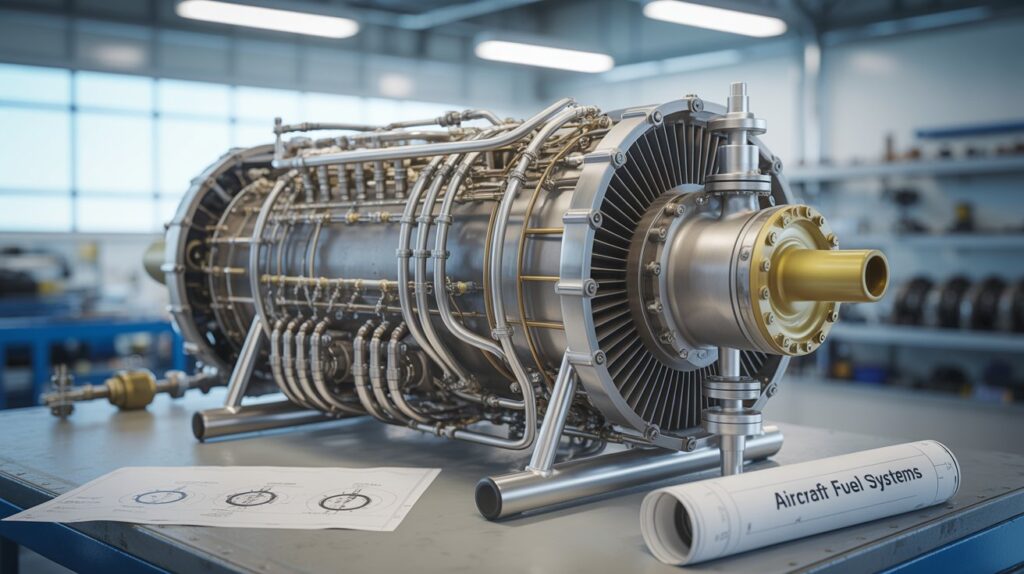North America is poised to maintain its leadership in the global aircraft fuel systems market through 2030, driven by a powerful combination of defense investments, commercial aerospace innovation, and early adoption of sustainable aviation technologies.

At the forefront of this dominance is the United States, home to some of the most influential aerospace players globally, including Boeing, Lockheed Martin, Raytheon Technologies, and Northrop Grumman. These firms are not only key contributors to global aircraft production but are also major developers of advanced fuel system technologies. Their strategic investments in R&D, coupled with partnerships with the U.S. Department of Defense, have led to the deployment of cutting-edge fuel management and distribution systems in both manned and unmanned aircraft.
Download PDF Brochure @
https://www.marketsandmarkets.com/pdfdownloadNew.asp?id=239047228
Defense modernization programs, such as the U.S. Air Force’s next-generation tanker and fighter upgrades, are major catalysts for innovation in the region. These programs demand highly reliable, efficient, and responsive fuel systems capable of performing under extreme operational conditions. The emphasis on autonomous aerial vehicles and stealth platforms has further accelerated the need for compact, integrated fuel system solutions.
In parallel, commercial aviation growth—fueled by rising air travel and fleet renewals—has intensified the demand for high-performance fuel systems. North American OEMs are actively developing hybrid-electric propulsion systems and SAF-compatible fuel architectures, which require precise fuel delivery, monitoring, and optimization capabilities. These advancements are reshaping the region’s aerospace supply chain and setting new industry standards.
North America also benefits from a robust aerospace infrastructure, including leading research institutions, specialized component manufacturers, and highly integrated supply chains. The U.S. and Canada’s commitment to rapid technology commercialization allows companies to iterate, test, and scale advanced fuel system solutions faster than most other regions.
Furthermore, the regulatory landscape in North America supports cleaner aviation technologies through incentives and sustainability mandates. These policies are pushing aerospace manufacturers to prioritize efficiency, emissions reduction, and integration of next-generation propulsion systems—all of which rely heavily on advanced fuel system innovation.
Key Factors Supporting North American Dominance (2025–2030):
- Strong defense funding and modernization initiatives
- Leadership in SAF and hybrid-electric propulsion integration
- Presence of major aerospace OEMs and fuel system specialists
- Robust R&D ecosystem and testing infrastructure
- Sustainability-driven regulatory support and market demand
Ask for Sample Report @
https://www.marketsandmarkets.com/requestsampleNew.asp?id=239047228
As the aviation industry moves toward higher efficiency, environmental responsibility, and mission readiness, North America is not just participating in the aircraft fuel systems market—it’s defining it.
